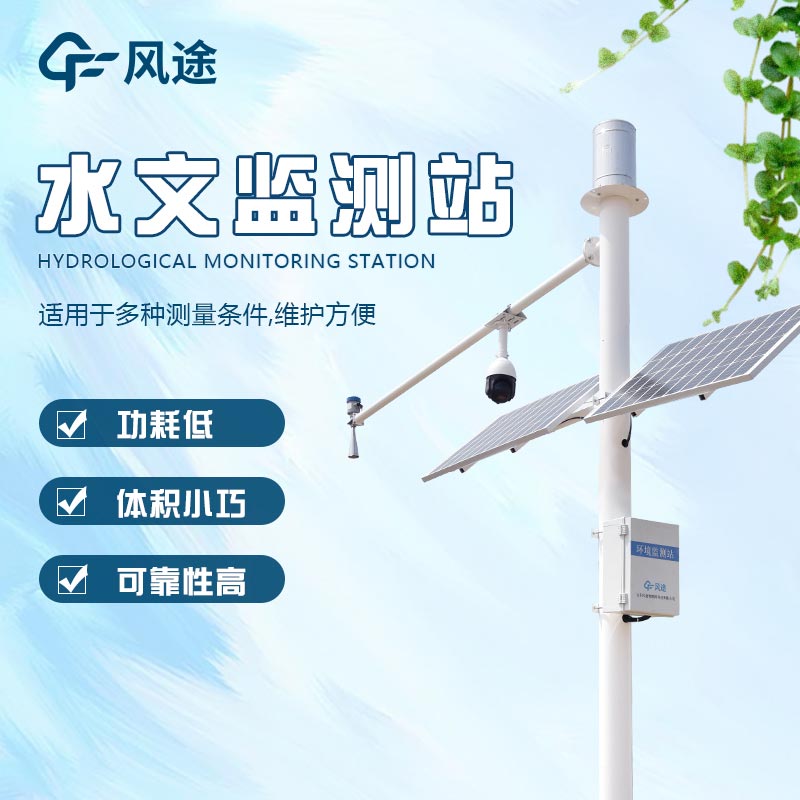What is hydrological radar?
Hydrological radar is a radar technology applied in the field of hydrology. It detects and measures various water-related parameters such as rainfall, water level, and flow velocity by emitting radar waves.
What are the main items of hydrological radar?
Rainfall monitoring. Hydrological radar can estimate rainfall. By analyzing the echo signals of radar waves from transmission to reception, the rainfall intensity and distribution can be calculated. This technology is crucial for flood warning and water resource management. For example, X-band radar is widely used in rainfall monitoring due to its high spatial resolution and cost-effectiveness.
Water level monitoring. Hydrological radar can measure the water level by emitting radar waves to the water surface and receiving the reflected waves to calculate the water level of the water body. This measurement method is not affected by pollutants in the water and can provide accurate water level data. It is suitable for the monitoring of water bodies such as rivers, lakes, and reservoirs.
Flow velocity monitoring. Using the Doppler effect, hydrological radar can measure the flow velocity of the water body. When the water is flowing, the frequency of the reflected radar waves will change. By analyzing this frequency change, the flow velocity of the water body can be calculated. This is very important for river management and flood simulation.
The advantages of hydrological radar lie in its ability to provide data with a large range and high temporal resolution. Moreover, the measurement process is not affected by severe weather conditions and can achieve all-weather and continuous monitoring. Also, radar measurement is non-contact, so it has high safety and does not cause interference to the water body.
However, hydrological radar also faces some challenges in practical applications, such as the attenuation of radar signals in the water body and the accurate measurement of complex water flow characteristics. Therefore, hydrological radar technology is still evolving to improve measurement accuracy and adaptability.

Article address:https://www.sqqx.net/en/news/144.html

 +86 15898932201
+86 15898932201



